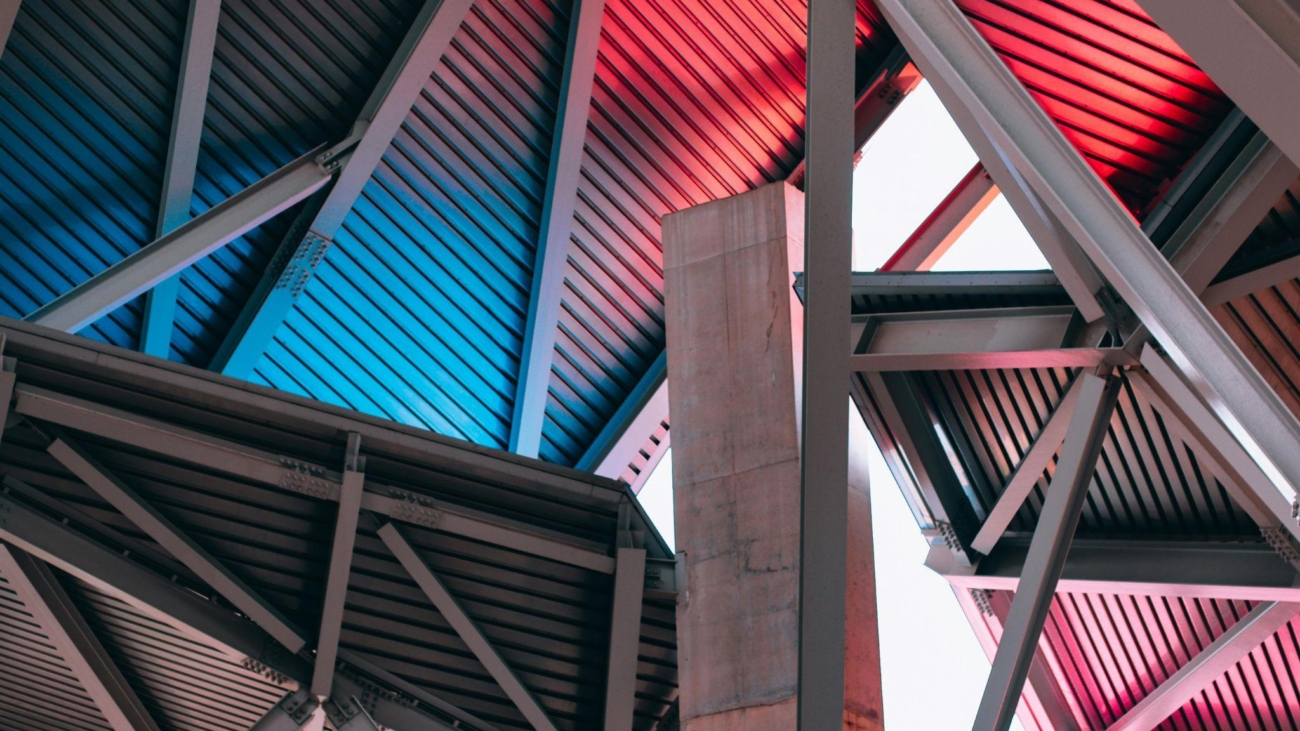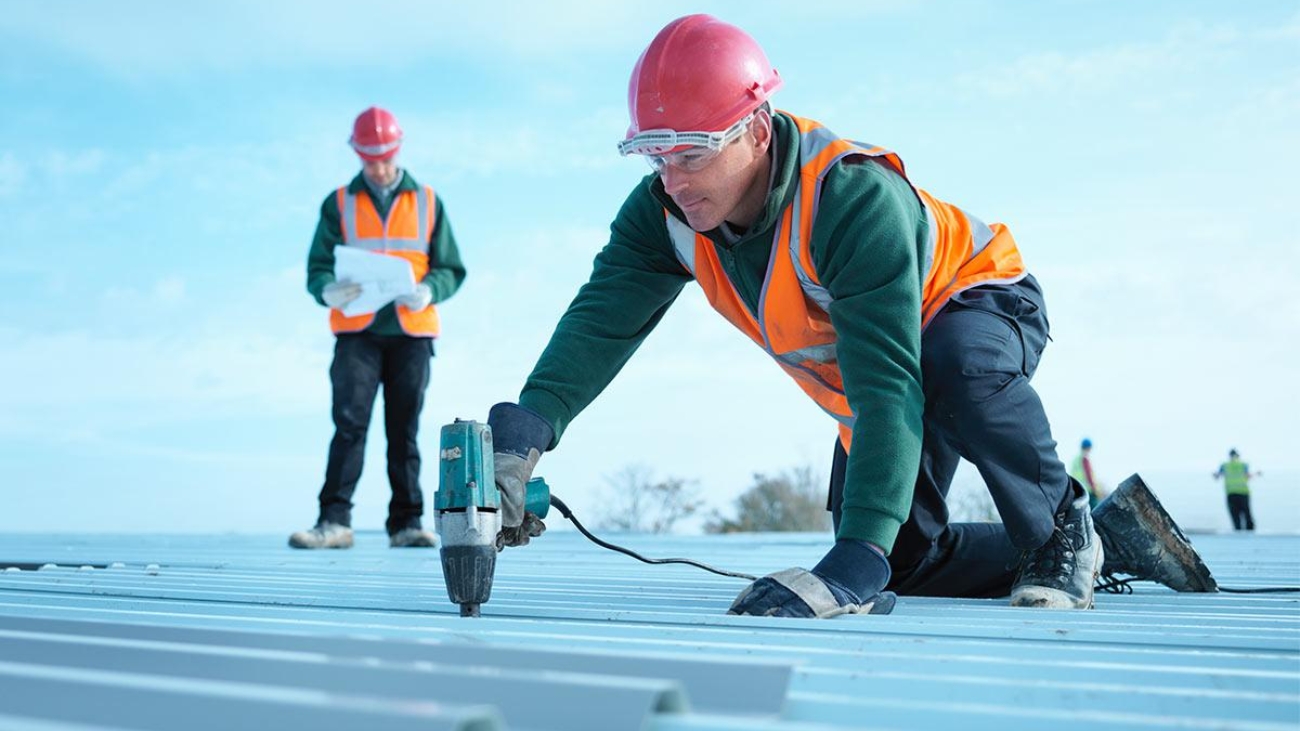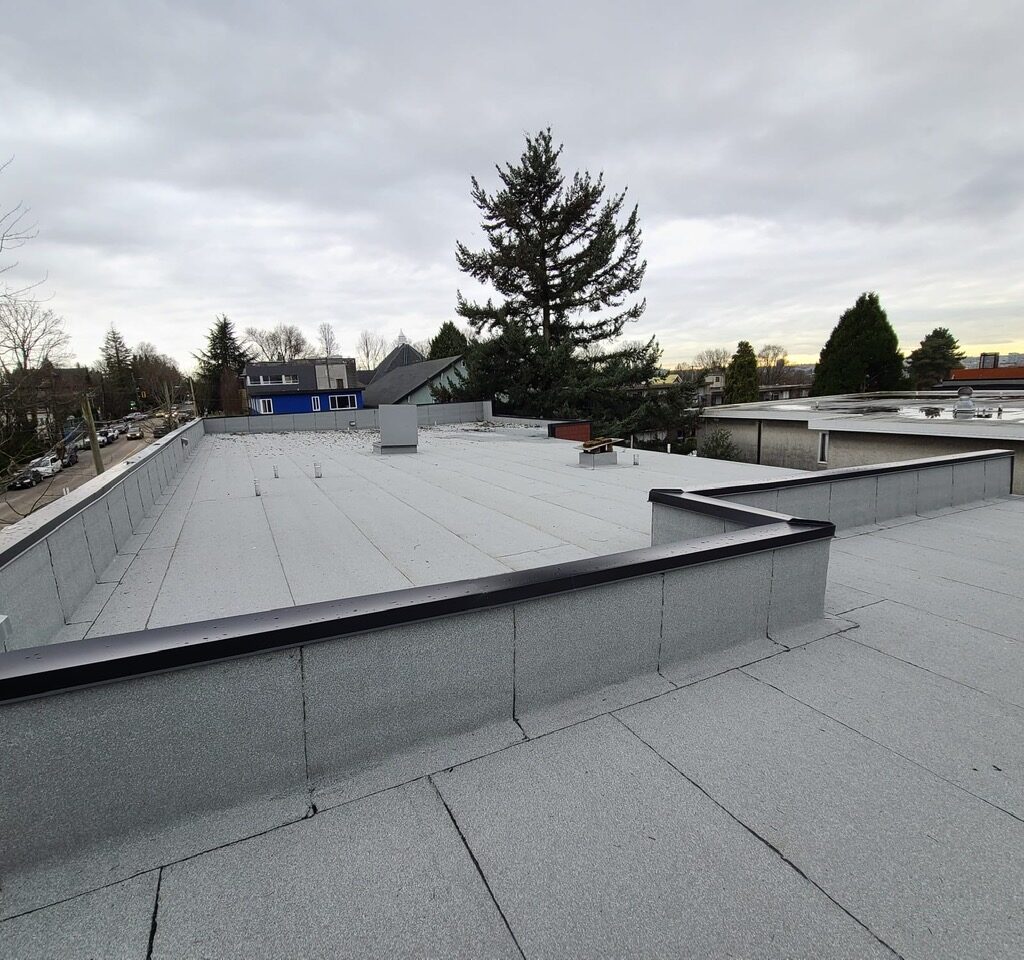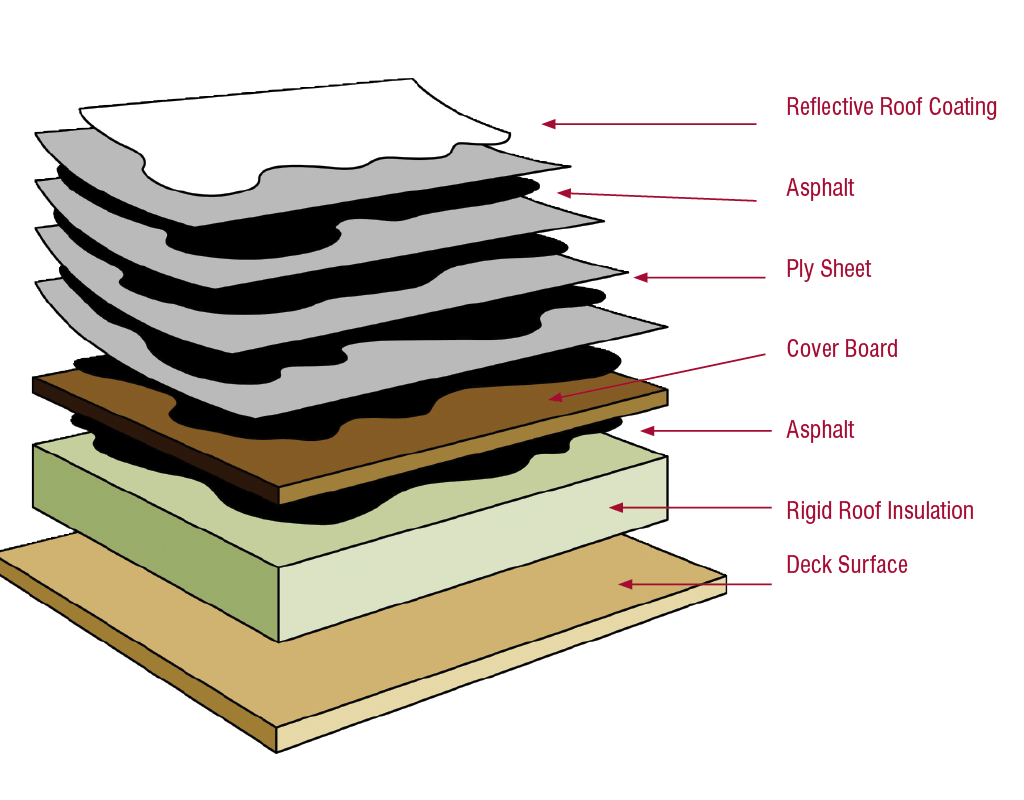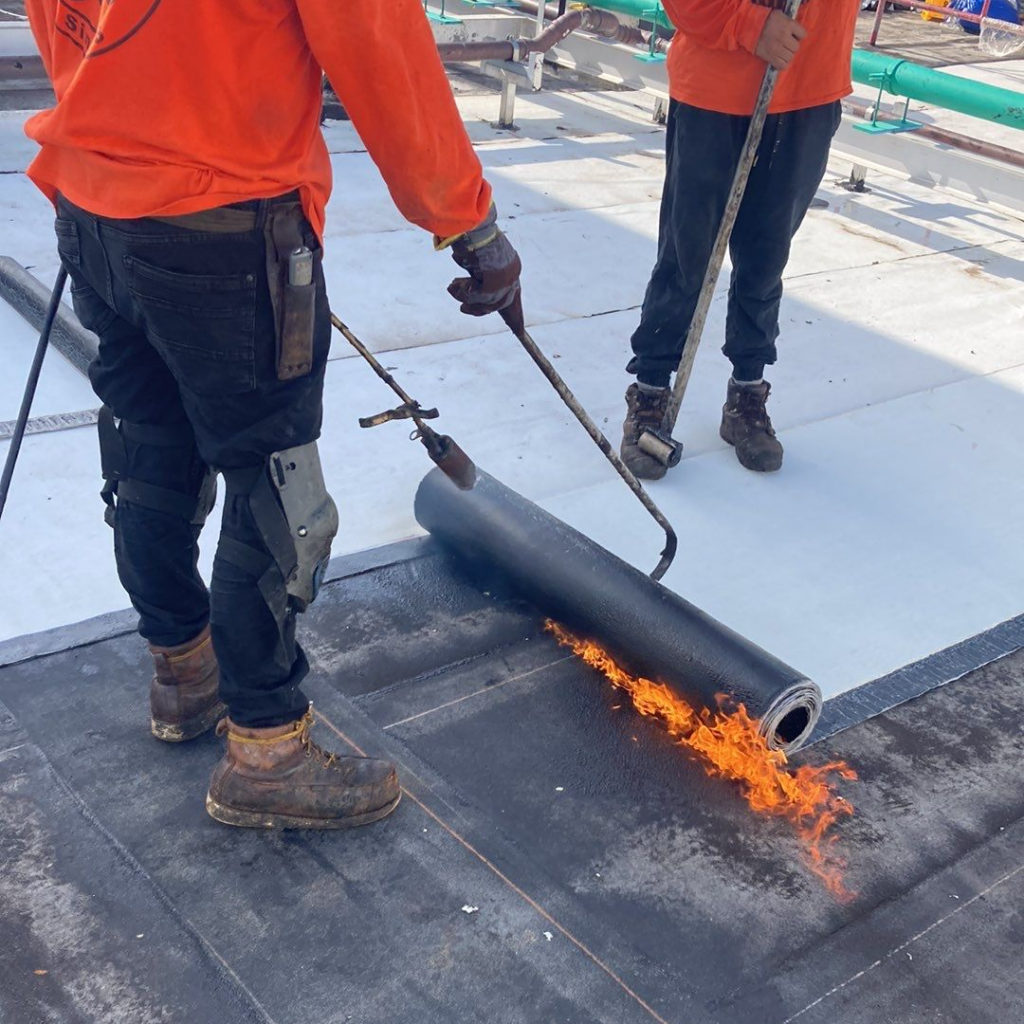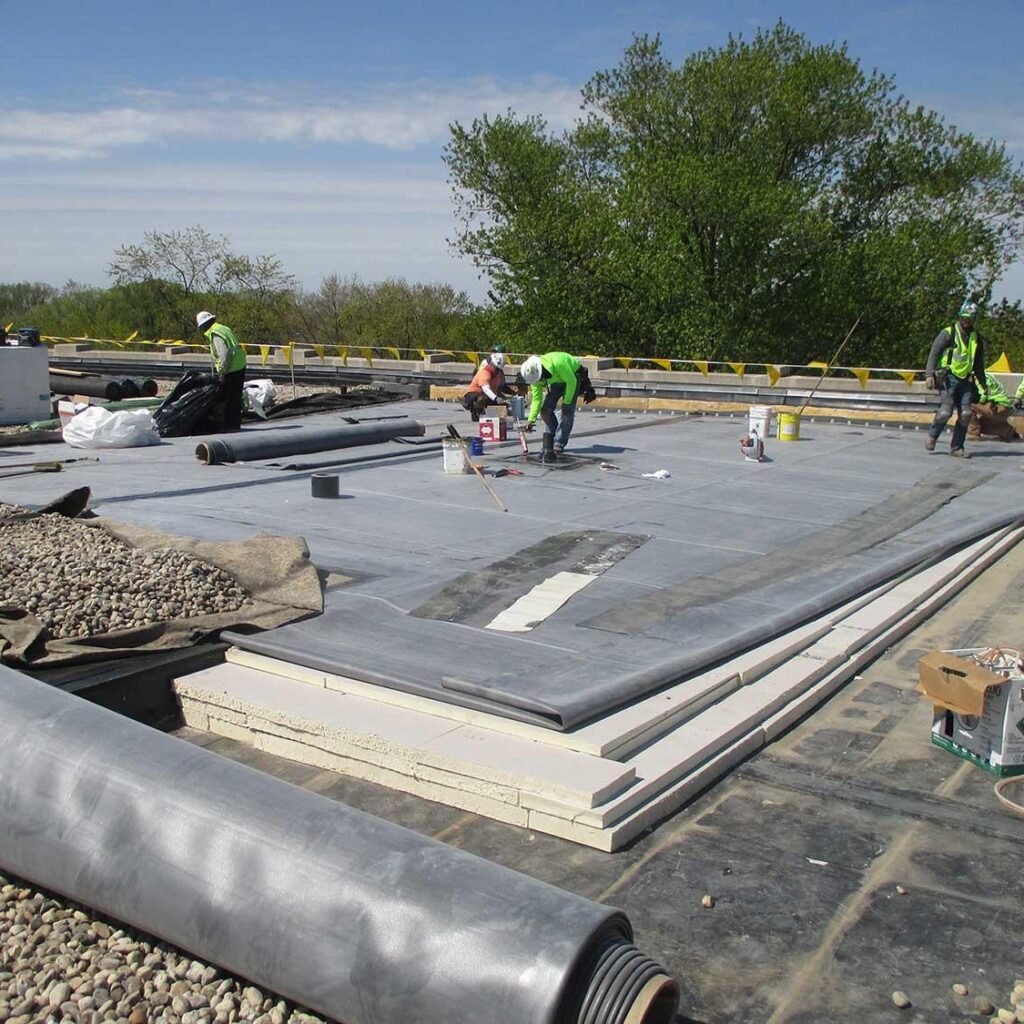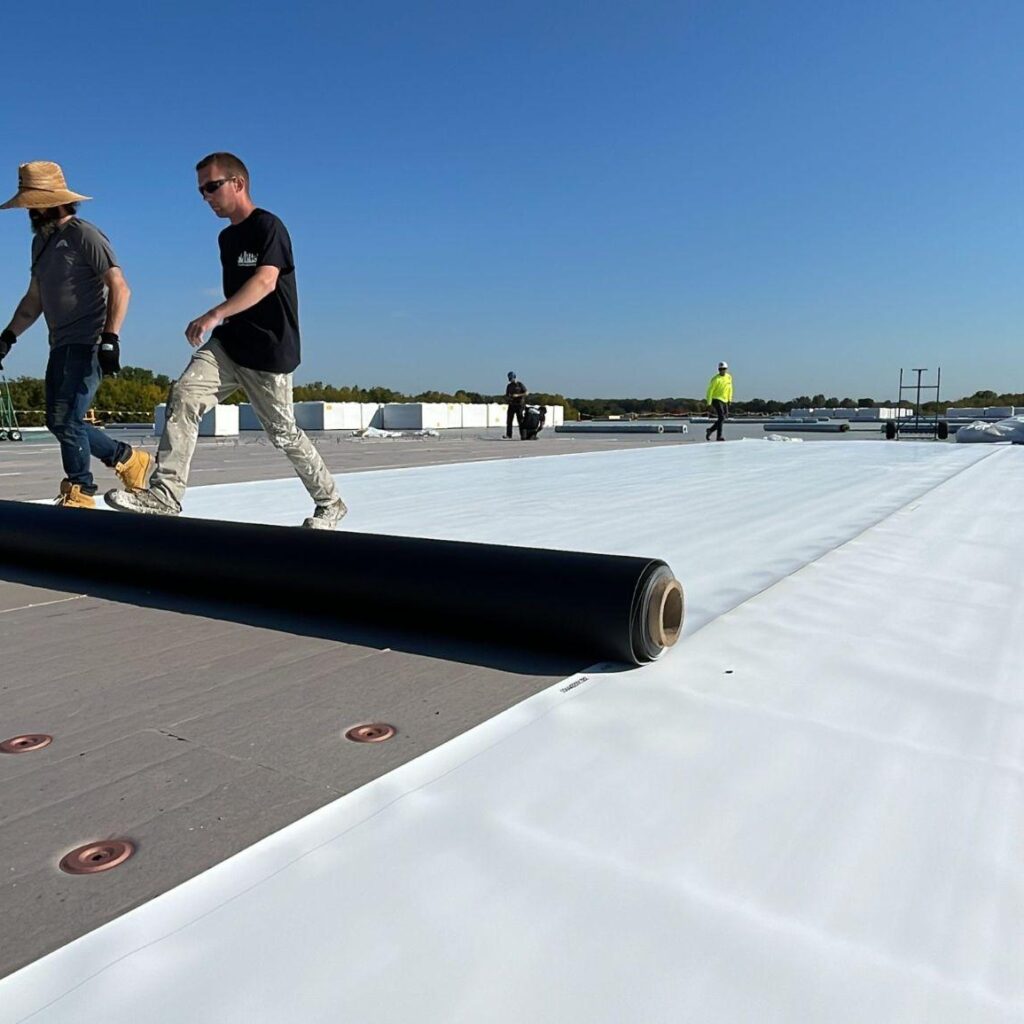When most people think about metal roofs, they think only of places that get lots of snow. Sloped metal roofs, especially, are best known as workhorses against nature’s harshest (and heaviest) elements, and are common in northern or central Canadian towns and cities that receive heavy annual snowfall.
That said, there’s a pretty compelling case to be made for metal roofs – even in mild Vancouver.
The Case for Metal
If you’re walking or driving around the Lower Mainland, it’s unlikely you’ll spot many metal roofs. They’re very uncommon on residential homes, especially around here; you’re much more likely to find them on commercial buildings (or ski lodges), but even so, other types of roofing are a lot more common.
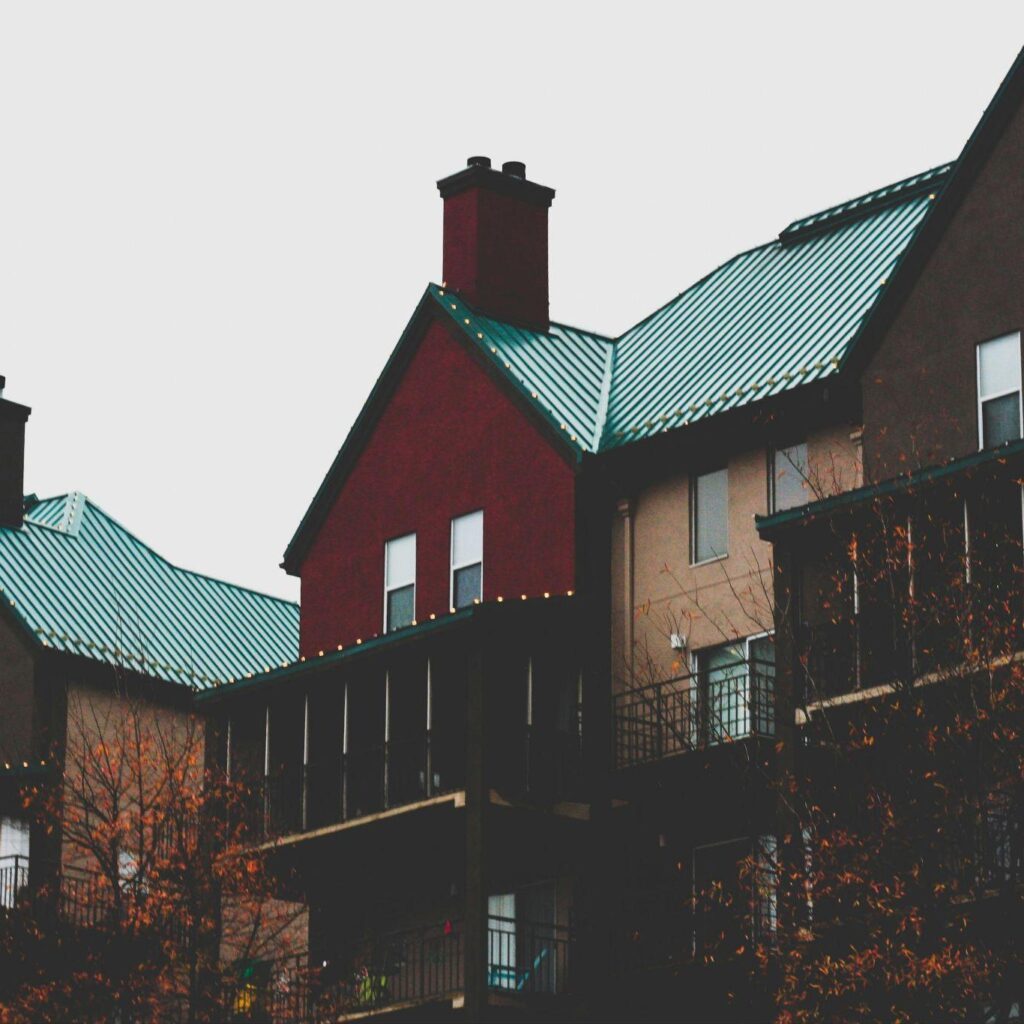
Why? There’s probably lots of reasons – shingled or asphalt roofs are cheaper up front, for example, and metal roofs might seem unnecessary due to our snowfall levels in Vancouver being significantly lower than the national average – but the main reason is likely much simpler: metal roofs just aren’t that trendy around here.
So, if everyone around you probably has some variation of a shingled and/or asphalt roof, why might you want to consider a metal roof instead?
Types of Metal Roofing
First, let’s look at types of metal used in roofing. Metal roofs are most commonly aluminum, steel, copper, or zinc alloy. Aluminum and steel are by far the most common, and both have their advantages and disadvantages: steel is costly and heavy, but durable, whereas aluminum is lightweight and rustproof, but more prone to denting.
There are many different ways for metal roofs to be installed, each of which also offer distinct advantages as far as cost-effectiveness and overall aesthetic; for now, however, let’s just look at the overall pros and cons of metal roofing.
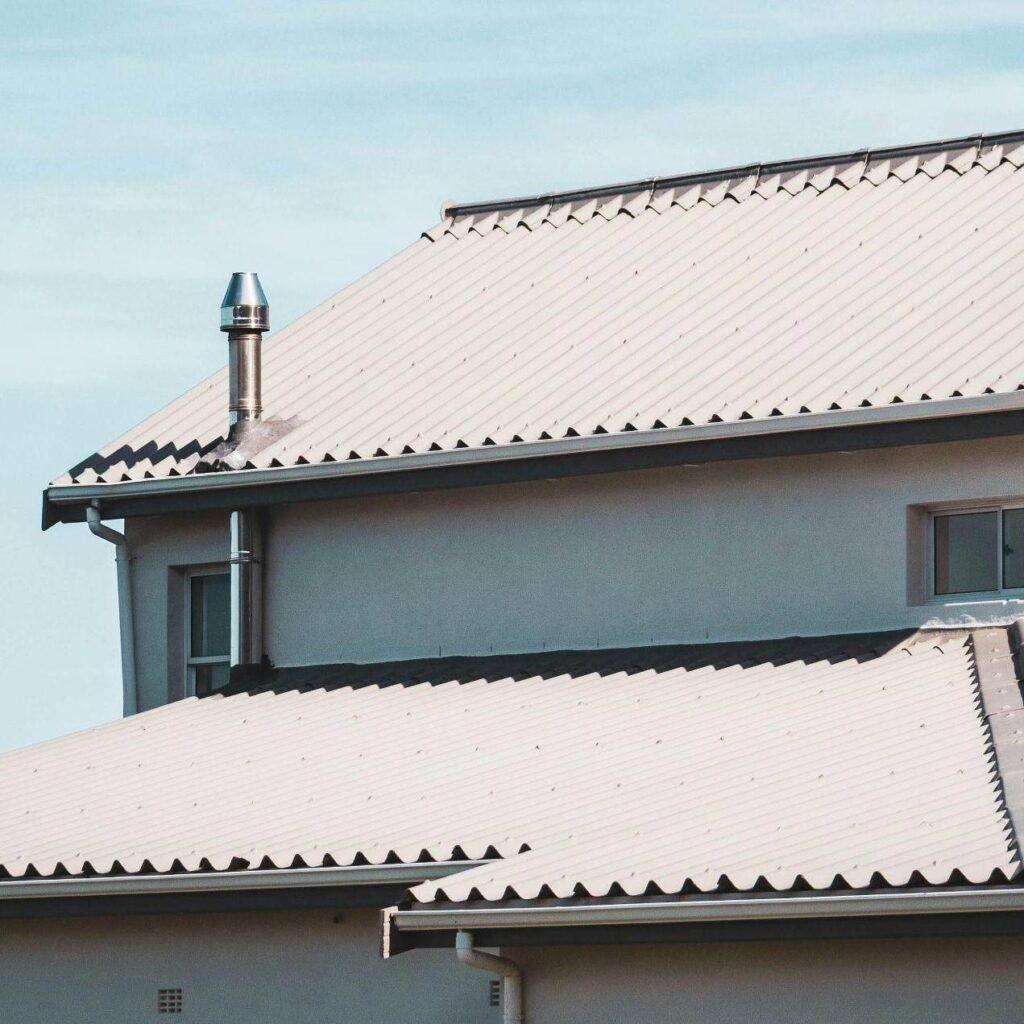
The Pros and Cons of Metal Roofing
Pro: Durable and Long-Lasting
Metal roofs have a long lifespan and are more resistant to the elements than asphalt shingles. Depending on the type of metal you use, they’re virtually impervious to weather damage, wind damage, damage from animals, and leaks. Moreover, most metal roofs are likely to last 50+ years; shingled roofs generally only last for ~20.
Con: Can Be Noisy
In times of heavy rainfall, many people might find the sound of precipitation gently (but persistently) tapping on your rooftop a little irritating after a while. Depends on your preferences.
Pro: Low Maintenance
Because metal roofs are so durable and so resistant to water ingress, they require very little regular maintenance. While a typical shingled roof might need costly repairs due to weather damage, a steel or aluminum roof will generally take care of itself – but remember to clear your gutters and downspouts either way!
Con: Difficult to Install
Many roofing companies – especially companies that operate in a city where shingled roofs are most common – don’t have the knowledge, skill, licensing, or accreditation to install a metal roof.
Pro: Weather-Resistant
Metal roofs are so popular in snowy areas not only because they can handle the extreme weight load of snow, but also because snow tends to slide right off.
Con: Slippery
If you need to get on your sloped metal roof to clean the gutters or take down your Christmas lights, be warned that the smooth surface can make things extremely slippery – and extremely dangerous.
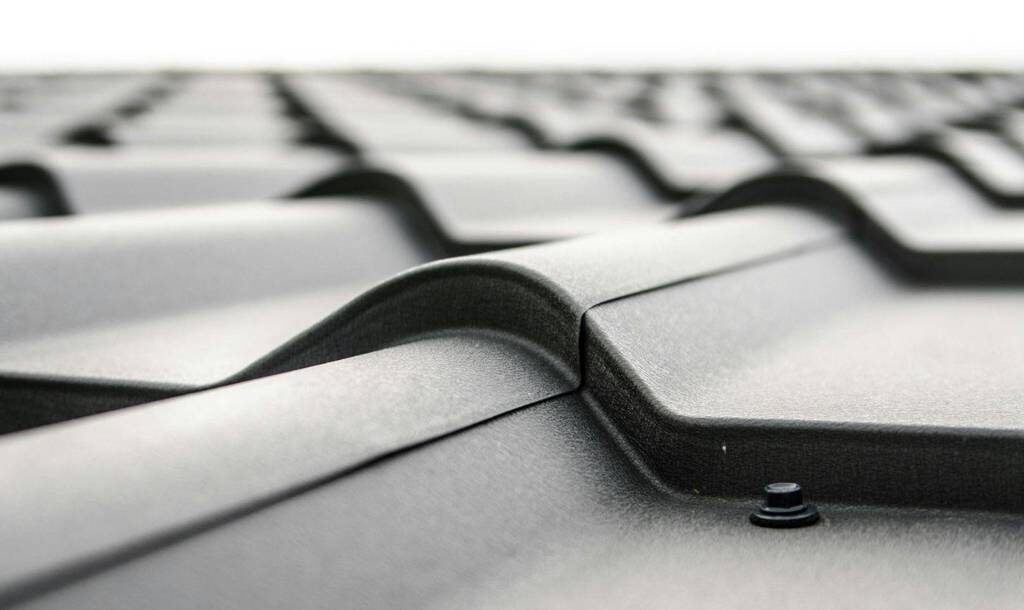
Pros: Energy-Efficient and Sustainable
Because metal roofs reflect sunlight away from your home or business – instead of absorbing it – it can help keep your home cooler in the summer, thereby lowering your heating bills. Moreover, if you need to replace a metal roof, it’s 100% recyclable, whereas shingle roofs – which need to be fixed and replaced more often – just end up in a landfill.
Con: Potential for denting
Some metal materials – especially aluminum and copper – can be prone to denting if hit by fallen tree branches or large hailstones.
Pro: Fire-resistant
Because metal isn’t flammable like wood or asphalt, it’s much less likely to catch or spread fire.
Con: More expensive up front
Depending on your house size and type of metal, a metal roof is likely to cost quite a bit more per square foot to install than a shingled roof, meaning your overall up-front cost might be quite inflated.
Pro: More cost-effective in the long run
However, despite being more pricey up front, metal roofs can save you money in the long run. Due to their decreased maintenance costs, increased durability and lifespan, and improved energy efficiency, they’re more likely overall to put cash back in your pocket.
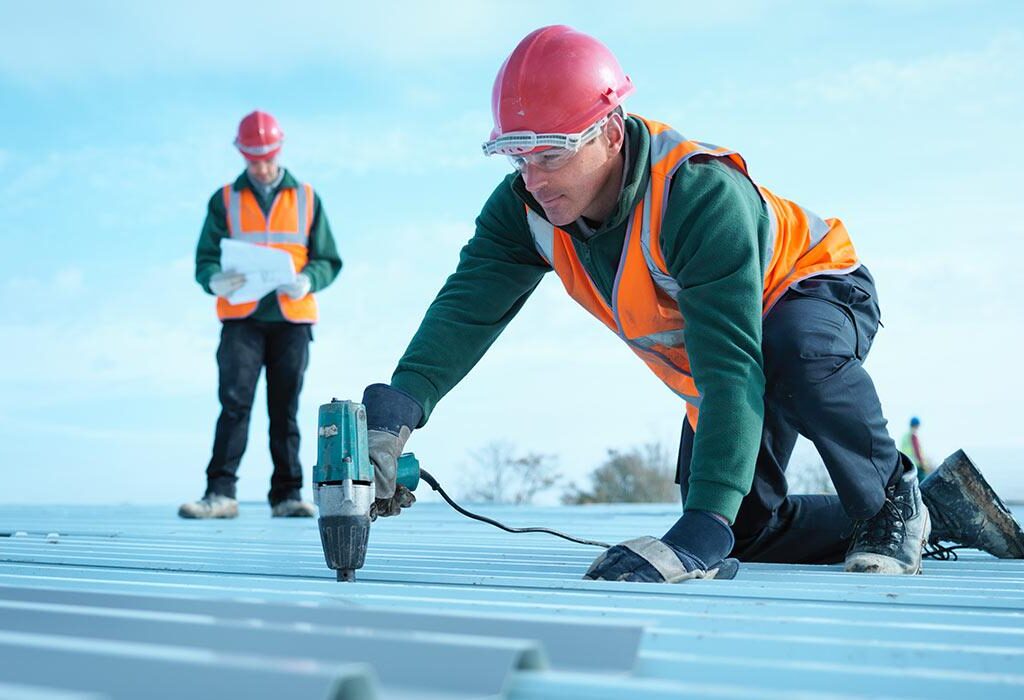
How Can We Help?
Thinking of putting a metal roof on your home or business? We’d love to hear from you. We have an in-house metal shop that allows us to fabricate the parts we need, and we’re fully accredited and licensed installers.
For all your metal roofing needs in the Lower Mainland, get in touch with Cambie Contracting for a quote.

